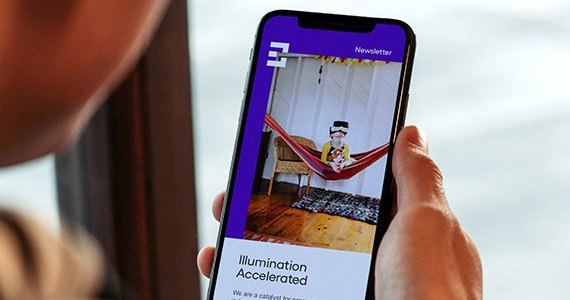
Early in my career, I conducted a usability study on behalf of a theme park that was trying to understand how to drive ticket sales via its website. The suspicion was that the site itself needed some miscellaneous enhancements. To that end, I met with a number of consumers who gave feedback on specifics related to website structure, content and design.
After completing a number of these sessions, I welcomed my next participant, who, to put it mildly, looked destitute. I was taken aback, and I immediately thought that this would be a wasted interview and wondered if I should dismiss him. But we began the interview and within minutes he managed to provide THE big picture view that had been missing until that point: “The problem is,” he said, “your client is an entertainment company and the website isn’t entertaining!”
With one penetrating observation, this destitute-looking consumer provided the golden nugget of the entire study. While the other participants and I had been lost in the weeds of website details and incremental improvements, this person elevated the discussion, identified the key issue, and provided the higher-level vision that my client needed to hear. And all of this came from a participant I had considered dismissing earlier.
The mistake I committed that day is known as the horn effect, which is when we let a negative perception of a particular characteristic (e.g., a person’s appearance) negatively influence our perceptions of other characteristics (e.g., a person’s ability to generate valuable insights). In contrast, the halo effect describes the opposite situation—when a positive perception of a specific attribute causes us to make positive judgments about various other attributes of an individual or product.
Simply put, both horn and halo effects are forms of subconscious bias that can occur in settings involving all kinds of persons or things. For example, with individuals, we might jump to conclusions based on whether another individual shares a common background, world view or opinion with us.
The horn and halo effects are not limited to how we might judge people—they could also impact how we judge brands. Knowing this is the case, savvy brand managers understand that they need to find ways to minimize horn effects while also looking for ways to turn halo effects to their advantage. When orchestrated effectively, positive bias can turn into brand and product preference.
Dunkin’ Donuts’ Brand Dilemma
In 2018 Dunkin’ Donuts realized its brand name was creating a horn effect on its own. At the time, consumers were becoming more aware of the importance of a healthy diet and the pitfalls of sugar and sweet snacks. Donuts were increasingly being seen as classic, sugary treats with little nutritional value. With “donuts” embedded in its brand name, Dunkin’ Donuts recognized that some consumers would avoid its business based on the assumption that Dunkin’ Donuts offered little other than donuts.
At the same time, Dunkin’ Donuts’ revenue stream had changed significantly over the years and the company was actually generating significant profits and praise for its coffee. Dunkin’ Donuts’ menu had also expanded to include a variety of sandwiches and savory snacks. Therefore, Dunkin’ Donuts decided to change its brand name to Dunkin’ to signal to consumers that it had much more to offer than just donuts.
Evolution of Apple’s Halo Effect
Arguably, Apple is the firm that has done the best job creating and exploiting the halo effect. From its beginning, Apple has focused on developing and introducing computers that were easy to use. With the introduction of the Macintosh and its graphical interface and mouse, Apple established itself as a brand that designed products for ordinary consumers, not computer engineers or technology geeks.
With each subsequent product introduction, Apple reinforced its reputation for innovative computers featuring a sleek, hip design and simple operation. In turn, this reputation helped Apple benefit from the halo effect when it began to venture into new product categories such as music players, media libraries, phones and watches. The assumption was that even though Apple had no previous experience in these product categories, Apple would develop the most innovative, hip, sleek and easy-to-use products for each. Additionally, Apple used the “i” prefix to create a unified brand identity across its family of products. This strategy allowed Apple to build on the success of each product and boost the halo effect, fostering trust and driving customers to buy into the entire line of products.
There is no better example of this halo effect than the impact of the iPhone introduction. The year Apple introduced the first iPhone, Nokia was the leading cell phone manufacturer in the world by far and BlackBerry smartphones were still growing in popularity for their email functionality. Yet the day before the first iPhones were sold in 2007, thousands of Apple fans started forming lines outside Apple stores around the country. The Los Angeles Times reported that in one location, “150 people were sitting in lounge chairs and on sleeping bags, watching movies on their Mac computers, listening to their iPods.” Said one of those in line, “You can’t buy love, but you can buy cool.”
Horns, Halos and Your Brand
So, what kind of impact are horn and halo effects having on your brand today? Do your customers have some sort of negative bias that may be holding your brand back from greater success? Or have your customers developed a positive bias toward the brand that hasn’t yet been fully exploited?
Through our behavioral science, qualitative research and quantitative research services, Escalent can help you better understand your customers and their brand biases. Most importantly, we are ready to help you determine how best to respond to these biases for optimal success.







